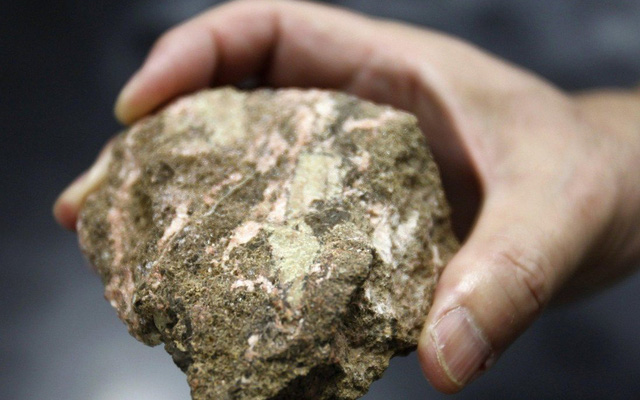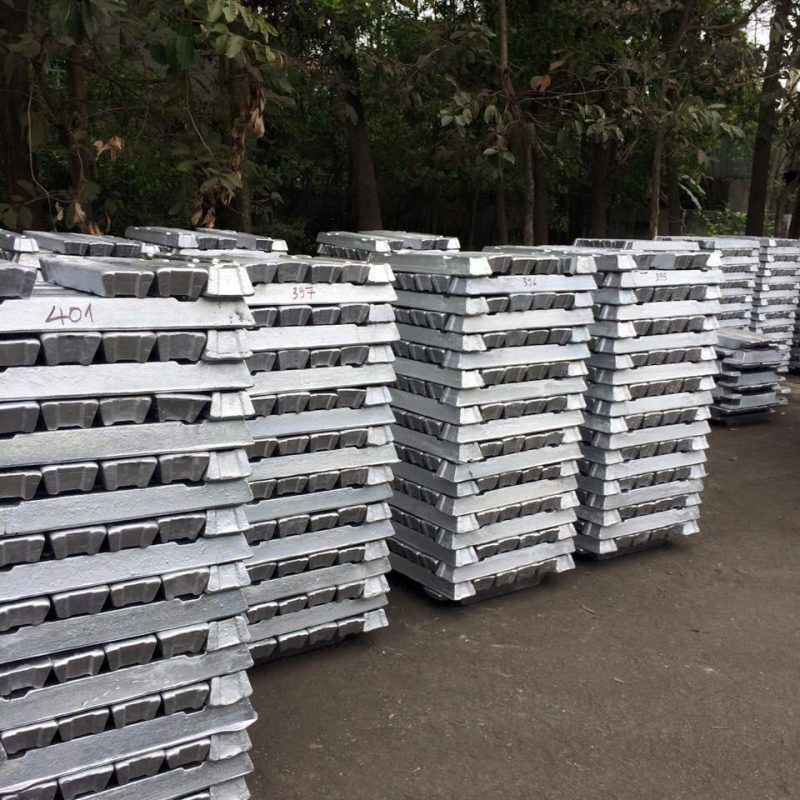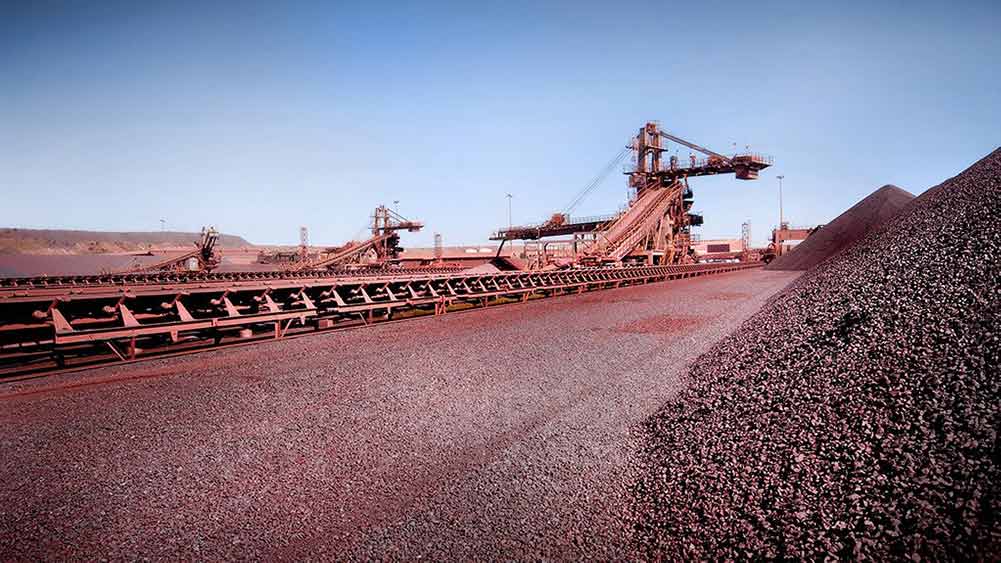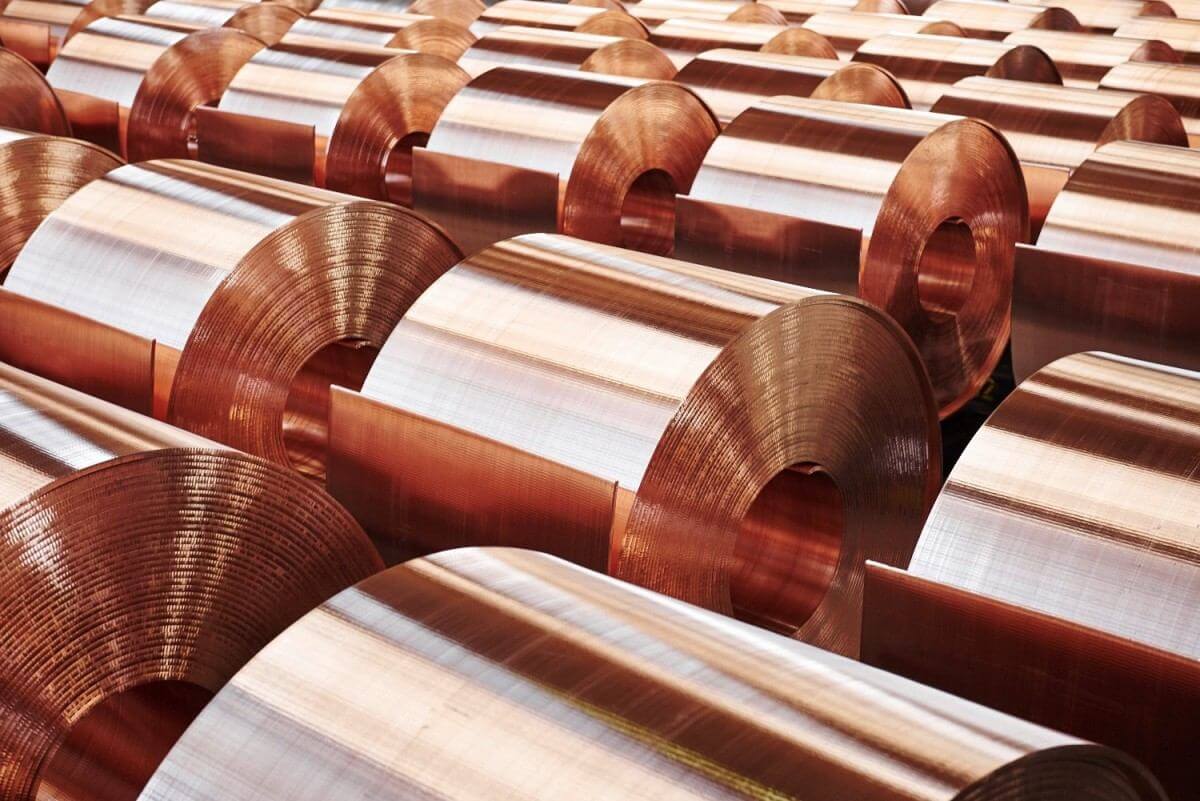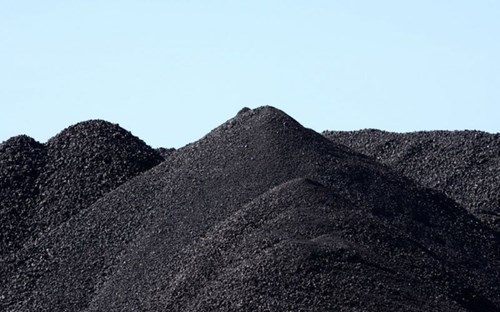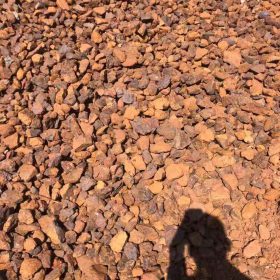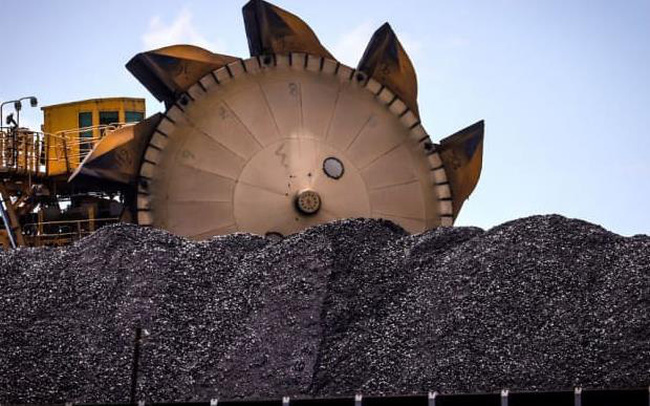Starting today, August 1, 2021, China increased export tax on iron and steel to a new high, and at the same time removed the export tax reduction for 23 steel products. Starting today, 1/ In August 2021, China increased export tax on iron and steel to a new high, and at the same time removed the export tax reduction for 23 steel products to ensure domestic supply and control output to limit gas. emissions.to ensure domestic supply and control output to limit emissions.
This is the 2nd iron and steel tax adjustment in the past 3 months, in the context that the prices of rebar and hot rolled coil on the Shanghai Futures Exchange have increased by 32% and 37% respectively from the previous year. year to date.
The Ministry of Finance of China on July 29 announced, from August 1, the export tax on high-purity cast iron will be raised to 20%, from the previous 15%; for ferrochrome increased to 40%, from 20% now. In addition, the export tax refund policy for 23 products was also canceled, including some cold-rolled steel and silicon steel with higher added value than carbon steel. The purpose of this move is “to promote the upgrading and development of the steel industry towards high quality”, according to the ministry’s information.
In May 2021, the country adjusted tariffs on some iron and steel products, thereby eliminating export tax breaks for 146 steel products, increasing export taxes on iron and iron, and exempting some temporary import duties. These adjustments are intended to ensure supply for the domestic market while cutting production to reduce carbon emissions.
Besides, the Chinese government recently sent inspection teams to the provinces to check the effect of cutting steel capacity. Jiangxi province said it would “fully fulfill the output reduction mandate issued by the state.”
However, as steel demand and prices remained high due to the global economic recovery, the country’s exports of steel products increased by 23% in June, after falling 34% in May.
China’s steel output in the first half of this year increased by 11.8% to 563.33 million tons, making it difficult to commit to keeping this year’s steel production at last year’s level. Despite the increase in output, Tang Chuanlin, an analyst at CITIC Securities, believes that the shortage of steel supply will continue in the second half of this year. “Despite considering the reverse flow of export products, the industry is still facing a shortage of more than 5%,” said Mr. Tang.
“The (Chinese) government has put in place supply-related policies to control steel production, but it has largely been unsuccessful,” said Rohan Kendall, head of iron ore research at Wood Mackenzie. “. According to Mr. Kendall: “For steel production to slow down, it is necessary to see policies that help reduce heat from steel demand.”
Mr. Kendall believes that China’s steel exports will decline in the second half of the year, after a strong increase in the first half. That’s because China’s real estate investment in the first six months of the year increased by 15% year-on-year, but that growth rate slowed down from the 18.3% growth in the first five months of the year.
The country’s statistics agency also said investment in manufacturing increased by 19.2% in the January-June period compared with the same period a year earlier. However, the growth rate in June slowed down
due to weak export demand while supply is congested. Accordingly, the purchasing managers’ index (PMI) fell slightly to 50.9 in June, from 51.0 in May. Besides, the new orders from service providers received fell to 49.5 in June from 52.0 in May, reflecting rapidly cooling market demand. Indexes tracking air freight, catering and accommodation also showed signs of decline.
China is the world’s leading steel producer, each of its policy moves affects the global steel market.
Due to China’s continuous measures to tighten steel production and cool down the prices of these items, China’s iron ore price in July turned to fall the most since February 2020. This market also plunged below the threshold of $200/ton for the first time since May 28, 2020, because steel mills could not produce at the desired capacity.
In the past week, iron ore prices have continuously decreased. Session 30/7, iron ore trading on Dalian bourse fell sharply, losing 8.1%, down to 1,027 yuan (US$158.95)/ton, for the whole month of July, it also decreased by 8%, the largest decrease. as of February 2020. Iron ore price on the Singapore floor also fell 7.7% to 175.95 USD/ton, down 16% within a month; Iron ore with 62% import content, spot delivery at Chinese seaports, ended July at below $200/ton for the first time since May 28, down to $195/ton, down 9 months overall. %, according to data from consulting firm SteelHome.
Contrary to iron ore, steel prices in July increased sharply due to concerns that supply would be scarce after the Chinese Government tightened steel production.
Consecutively increasing in the last few sessions of the month, to the session 30/7, the price of rebar, used in construction, on the Shanghai floor increased 1% to 5,705 CNY/ton; hot rolled coil (HRC), used in production, increased by 3.1% to CNY 6,120/ton; stainless steel also increased 3.1% to 20,065 CNY/ton.
Generally in July, rebar price increased by 12%, HRC steel increased by 14%; and especially, stainless steel increased by 20%, the most increase since the first contract was traded on the Shanghai exchange in 2019.
Source: VITIC / Reuters
T&G International Joint Stock Company
Address: 352 Hue Street, Le Dai Hanh Ward, Hai Ba Trung District, Hanoi
Hotline: 0345786803
Email: hrm@tginterjsc.com
Website: http://tginternationaljsc.com



